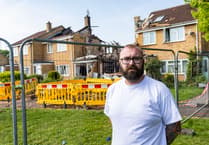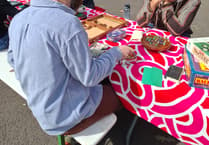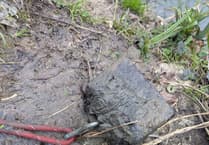This weeks Mystery Photograph certainly seemed to resonate with locals with many correct answers coming in.
The photo was in fact taken at Rugbourne Manor, High Littleton.
Congratulations to Edward Oldman, who said: "I believe the photograph was taken at Rugbourne Farm in High Littleton — I used to pass it as a little lad."

Eric Brain, from Clutton, said: "I knew I had seen this house before; then the penny dropped. I think it is Rugbourne House in High Littleton, which used to be Rugbourne Farm.
“In the 1950s, my father, a haulage contractor, collected milk locally, including from there daily, to take to Bristol Dairies. As a small boy, I was fascinated by the sign at the gate that read, 'The home of William (Strata) Smith, Father of English Geology,' along with the date. Apparently, he acquired the nickname 'Strata' while working on the construction of the Somerset Coal Canal, as he observed the strata of the rocks. I always remembered the strange bricked-up windows on the second floor, which I believe was a result of a government-imposed 'window tax' at the time."
William Smith, the famous tenant of Rugbourne Farm who created the first British geological map and called the area "the birthplace of English geology," followed in the footsteps of John Strachey, who was born at Rugbourne in 1671, inherited the estate at the age of age three, and published his first geological paper in 1719; later, in the mid-19th century, Sir Henry Strachey and architect Thomas Wyatt remodelled the house.
This week’s Mystery Photograph challenge had several correct guesses, reflecting local knowledge of this landmark. William Smith, the "Father of English Geology," did much of his early work here, shaping his groundbreaking geological map.
Thank you to all who participated in this week’s challenge. Stay tuned for the next photograph and another chance to test your local knowledge.





Comments
This article has no comments yet. Be the first to leave a comment.